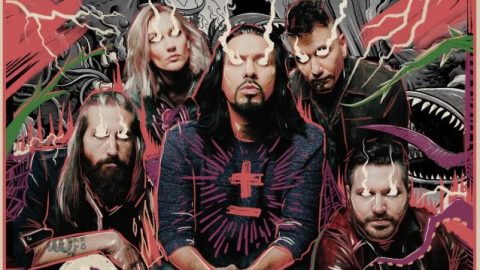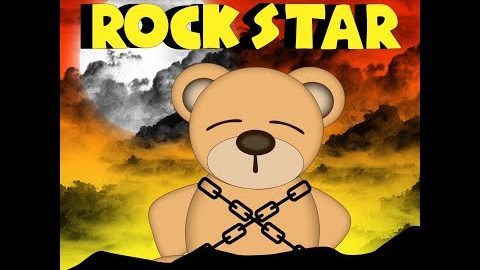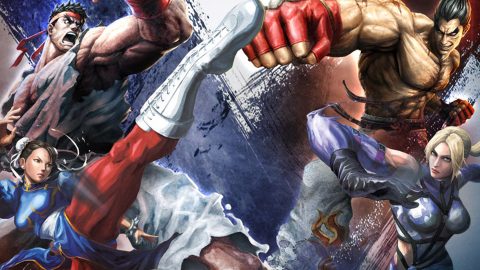
Hit Reload is a weekly column on everything first-person shooter. This week, Andy Brown takes a trip to the Mojave Wasteland to see how Obsidian‘s brilliant Fallout: New Vegas transformed the post-apocalyptic series into a 21st-century shooter.
Fallout 3 deserves praise for a lot of things. The Capital Wasteland’s rad-soaked hellscape introduced the ’90s Fallout series to 3D for the first time, with a world that was rich in fantastic quests, eccentric characters, and a banging soundtrack. However, while Bethesda did a brilliant job at revitalising Fallout for the 21st century, it would take Obsidian’s 2010 hit Fallout: New Vegas to shake off some radiation from the days of dial-up.
For a game built in the same engine, Fallout: New Vegas was night and day to Bethesda’s Fallout 3. The dingy two-tone aesthetic of the Capital Wasteland of Fallout 3 was washed away by the Mojave’s sunshine, and the annihilated, hostile ruin of D.C. was a far cry from the neon-soaked depravity of the New Vegas strip.
We’ve already written at length about the brilliance of Fallout: New Vegas, but one of Obsidian’s most impactful changes often flies under the radar. Fallout 3‘s gunplay had the personality of stale mole rat meat, but New Vegas stepped up and transformed the series into a brilliantly charming shooter. For starters, you could now aim down sights – an underrated change that meant combat felt like shooters are supposed to feel, rather than Bethesda’s weightless point-and-click dice rolls.

Secondly, New Vegas still packs one of the most entertaining arsenals around. How many shooters let you fire the sun itself into your foes with a plastic gun bought from a child? Some weapons, like the Riot Shotgun and Anti-Material Rifle, are so intoxicatingly powerful they can punch through Deathclaws with recoil strong enough to fly you to the moon. On the opposite end of the spectrum, the dignified 9mm pistol Maria oozes seedy Vegas charm and feels like it’s been plucked from Scorsese’s Casino.
These are all iconic weapons in their own right, but alone they fail to capture the true majesty of New Vegas’ arsenal. There’s the game’s host of western rifles and revolvers, or the energy weapons that can render the meanest of Legion soldiers down to primordial ooze in the blink of an eye. Even after 12 years, the internet is still obsessed with Marty Robbins’ ‘Big Iron‘: a song that played far too often on New Vegas Radio, appropriately blasting its tale of six-shooter justice while you’re knee-deep in Fiend guts and spent casings.
Speaking of guts – plenty of these weapons are now synonymous with Obsidian’s romp through the desert, but Fallout‘s gruesome gore system ensured that every bullet, grenade or even golf club packed an excessive punch. Most enemies in New Vegas had the structural integrity of a leaky water balloon: a stray bullet could send arms flying off with comedic force, and shooting a stick of dynamite from the hands of a Powder Ganger left the unlucky holder resembling a melted Barbie. For cinematic flair, V.A.T.S. allowed you to regularly land shots good enough to make sniper and companion Boone blush – sure, this feature existed in Fallout 3, but using it with New Vegas‘ improved weaponry felt like a whole different playing field.

In every area that Fallout 3‘s shooting was as dreary as the Capital’s colour scheme, Fallout: New Vegas excelled. While Fallout was in the hands of Obsidian, the studio showed that it was possible to offer a genuinely fantastic shooter and still leave room for the series’ trademark role-playing elements.
Unfortunately, it was a lesson that Bethesda should have taken better notes on when it launched Fallout 4 in 2015. While Fallout 3‘s combat felt like a tacked-on afterthought, shooting things to smithereens was Fallout 4’s pride and joy – there was a savage thrill in tearing Super Mutants to shreds with a Gatling laser, or turning the nozzle of a flamethrower toward a pack of Feral Ghouls, which had been given a brilliant zombie horde-style revamp. It was sweet, sugary fun, but there was no substance – there were a shockingly small amount of truly unique weapons to wield, and the RPG elements at the heart of Fallout had been neglected for a streamlined shooter experience.

Fallout: New Vegas opened the door to Fallout’s success as a shooter, but Fallout 4 and Fallout 76 proved that making a frantic shooter with thoughtful roleplaying was easier said than done. With Fallout 5 looking many years away and Fallout: New Vegas 2 reportedly in discussion at Microsoft, it’s hard to know what the future holds for Fallout – because sometimes, war changes a lot.
If you enjoyed reading this article, why not read our last Hit Reload column on BioShock?
The post ‘Fallout: New Vegas’ shaped the series into a modern shooter – for better or worse appeared first on NME.






